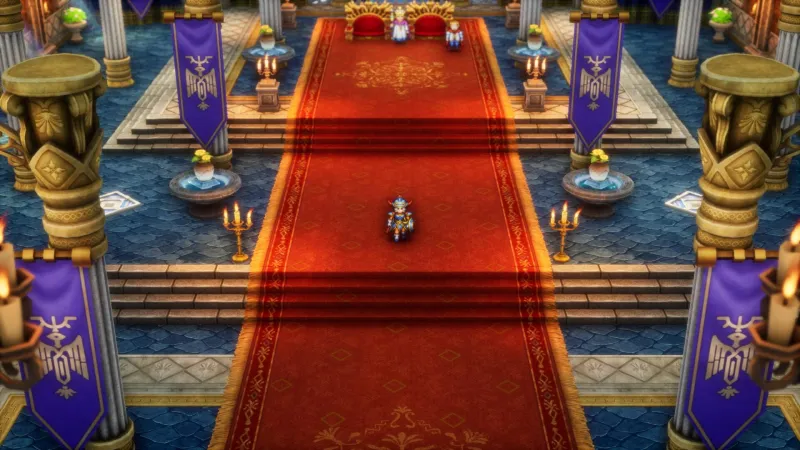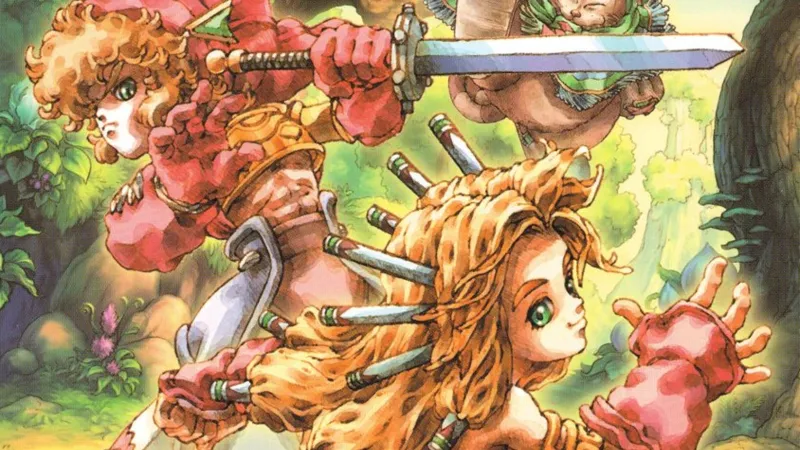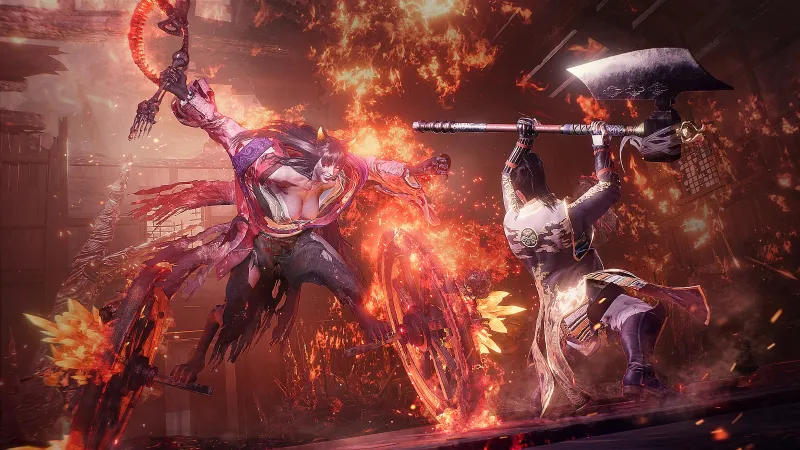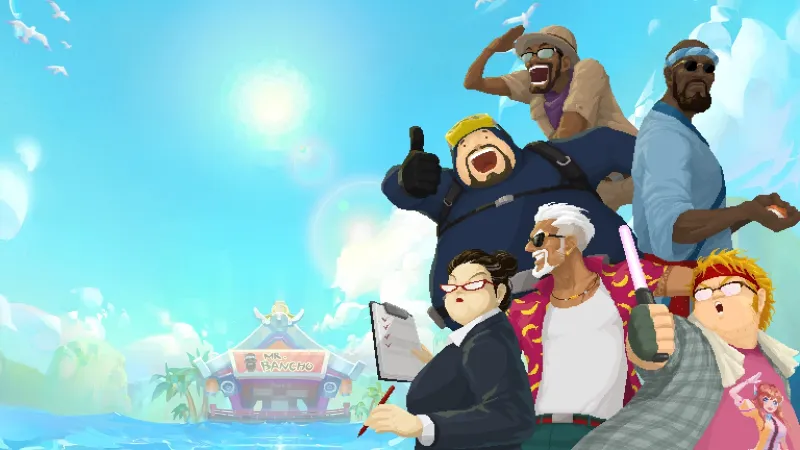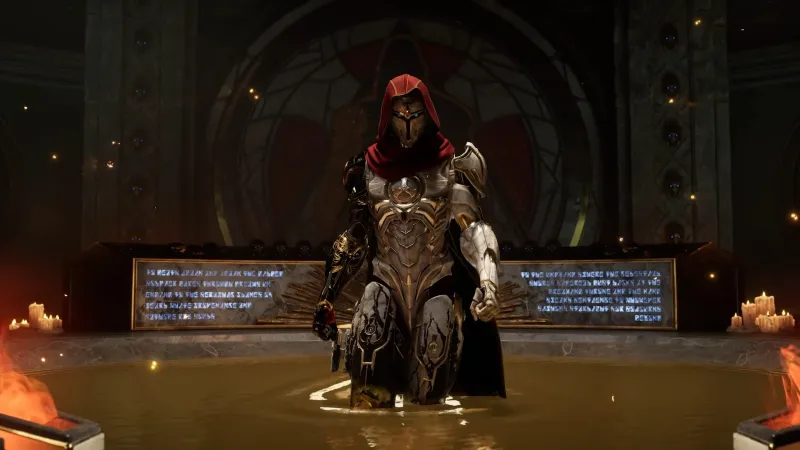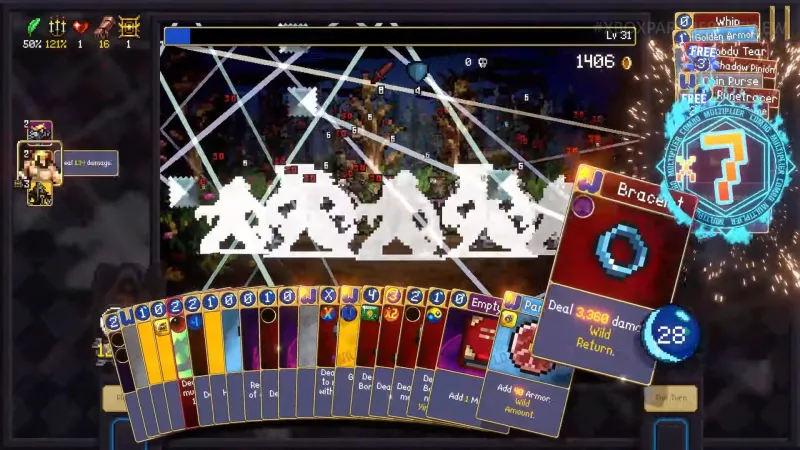If Japan’s release schedule for Dragon Quest games going back to 1986 resembles a picket fence, North America’s release schedule for the same series looks like a few of those pickets were knocked askew by a careless driver. Being a lifelong Western fan of Dragon Quest hasn’t always been easy, but with great games like 2024’s Dragon Quest III HD-2D Remake, it’s been substantially better. Now, Dragon Quest I & II HD-2D Remake rounds out the Erdrick Trilogy, giving this classic turn-based RPG franchise the opening chapters it deserves.
Square Enix paired up the first two Dragon Quest games for this remake, as neither game takes much time to complete on the NES once you subtract for level-grinding. They’re still two separate adventures (and you can start Dragon Quest II first, if you’d like), but they link up to make a full RPG experience and a cohesive story that also folds into Dragon Quest III HD-2D Remake, which is chronologically the first game in the trilogy.
I’ve been a Dragon Quest fan since before I was old enough to correctly spell ‘dragon’ with any consistency. This collection is a treat for RPG freaks, but especially fans like me, who get to relish new content, stories, and a complete UI overhaul from two games they’ve loved since childhood.
In the NES Dragon Quest I, fights are between you (playing as a descendant of the mighty hero, Erdrick, who is introduced in Dragon Quest III) and a single enemy. In the Remake collection, multiple enemies take you on at once – while you remain a lonely warrior. How does one man take down entire hordes? It’s not easy, which is one reason why this collection should please fans.
Dragon Quest I HD-2D gives you an edge by equipping you with multi-target weapons and spells, but you’re still one dragon slayer versus the world. Whenever I got overconfident about my strength, a monster would inevitably administer a smackdown. Dragon Quest I HD-2D also has tons of new bosses (the original has two at best), and, like most Dragon Quest bosses, they are not nice. In these gauntlets, survival means making liberal use of your hero’s new buffs and debuffs.
While this collection hurteth with one hand, it healeth you with the other. Robust difficulty options for both games let you swap overall difficulty and perform other nerfs that make your trip easier without lobotomizing the challenge like too many “Easy” game modes do. You’ll trip over random encounters just as your ancestors did on NES, but those can be shut down with a low-cost spell. That doesn’t mean the grinding is entirely eliminated; we are still talking about RPGs from the ’80s.
Interestingly, the Dragon Quest II HD-2D half of this collection almost always has you in the company of at least two other party members, making it easier than Dragon Quest I, though not easy. This is a reversal from the notoriously difficult Dragon Quest II on NES, which had dreadful balancing issues. There are fewer changes to Dragon Quest II overall, but with notable upgrades to the character writing and voice acting, it’s still a complete overhaul of what’s already been published. Dragon Quest II’s heroes are cousins, a party make-up RPGs don’t see often. Their bond strengthens as the journey goes on, and their dynamic serves up some laugh-out-loud moments.
If you enjoyed last year’s Dragon Quest III HD-2D Remake, you won’t go wrong by picking up this collection. These graphics are likewise bursting with life, and the classic Dragon Quest monster designs are as charming as ever – which makes the sting of character designer Akira Toriyama’s passing that much harsher. But it’s good to know his Dragon Quest legacy is in fine form.







